Service hotline
+86 0755-83975897
 en
en Release date:2025-02-19Author source:KinghelmViews:1032
A duplexer is a device that enables us to connect both the Tx transmit path and the Rx receive path to a single/common antenna without interference from each other.
When the frequencies of the transmitter and receiver are different, two filters can be combined. One filter is tuned for the receiver, and the other is tuned for the transmitter, as shown in the diagram below.
When the frequencies of the transmitter and receiver are the same, i.e., in TDD systems, the filtering method does not work effectively. In such cases, we utilize a circulator that can only pass signals in one direction, as illustrated below.
A simple answer to this question may stem from considering a scenario where there is no duplexer and the RF receiver path and transmitter are directly connected to a common single antenna.
Let's first consider what happens with the transmitted signal. By design, the majority of the signal will pass through the antenna, but a small portion of the signal will spill over into the receiver path. The amount of this spillover signal is very small, but it can cause considerable interference to the receiver path because the receiver path is designed to respond to very low signal intensities.
In most wireless communications, the signals arriving at the receiver path are typically very low. Therefore, the receiver path should be designed to handle/process such faint signals. Due to this characteristic of the receiver path, even a small signal spilling over from the transmitter can cause very serious interference or, in the worst case, even damage the receiver path.
If you place the duplexer as shown below, the signal spilling over from the transmitter cannot enter the receiver path because it is blocked by the filter that only passes signals at the receiver's frequency.
Without a duplexer, a small portion of the received signal might spill over into the transmitter path. As the total amount of the received signal is very faint, it is unlikely to damage anything on the transmitter path with its strong signal, but it can still be a significant source of interference. This interference becomes even more severe if the spilled-over signal is amplified by an amplifier on the transmitter path.
If you install a duplexer, the energy spilling over from the receiver path cannot enter the transmitter path because it will be filtered out by the filter that only passes the transmission signal frequency.
2. Types of Duplexers
When examining a system larger than mobile devices and handling relatively higher power, one might encounter duplexers like (d), (e), (f), which are directly designed onto PCBs or based on cavity filters.
In applications that handle extremely high power or require very low insertion loss, you will see duplexers like (g), (h), (i).
Structurally speaking, a duplexer is simply a combination of two filters. Therefore, the characteristics of a duplexer are based on the properties of these filters. One of the key requirements for a duplexer is the degree of separation between the adjacent receiver and transmitter frequencies. Ideally, there should be a very clear separation with no overlap, but in practice, a certain degree of overlap is unavoidable.
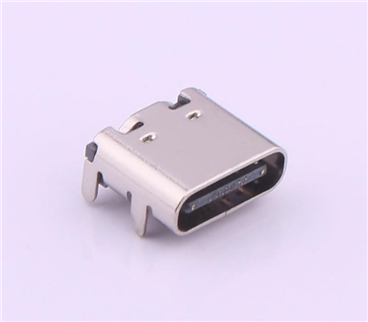
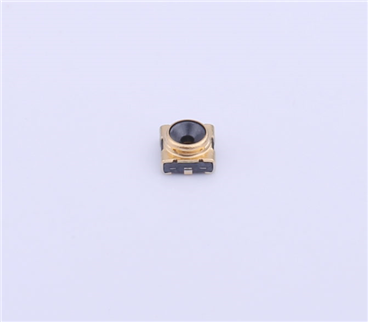
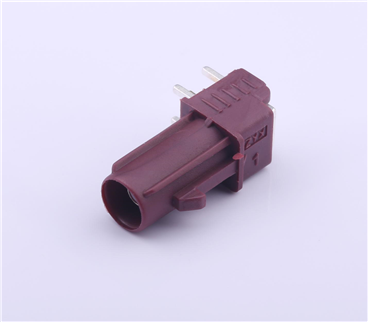
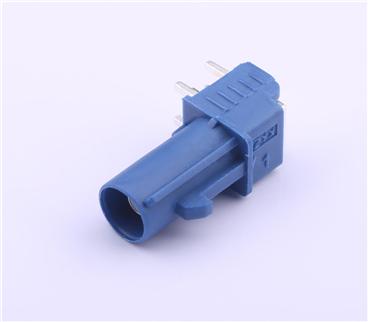
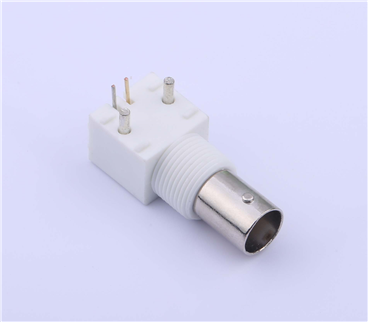
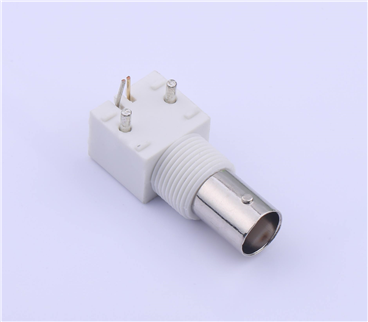
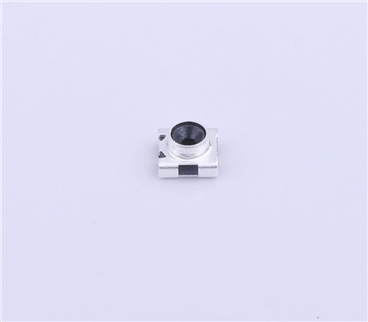
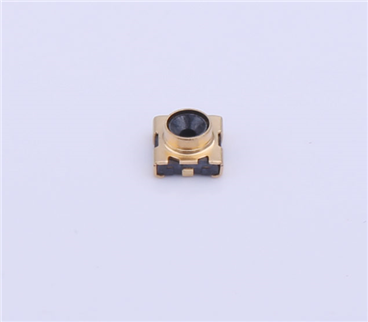
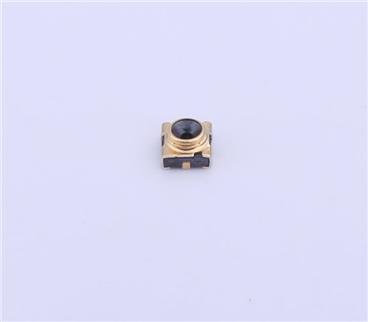
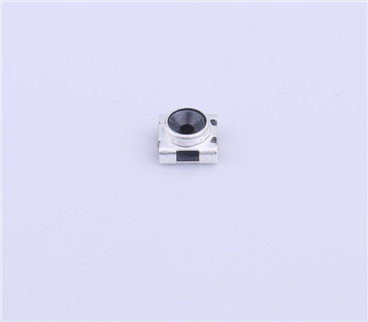
Copyright © Shenzhen Kinghelm Electronics Co., Ltd. all rights reservedYue ICP Bei No. 17113853
